Dong Tao chickens which in the past were used as a delicacy offering to kings, have risen to fame during the recent Lunar New Year (Tet) as people sought them to use for gifts and eating. This chicken is well-known for its awkward-looking, bulky legs.
Dong Tao chickens, better known as “Dragon Chickens” are native to Dong Tao Commune in Khoai Chau District. This special species of Vietnamese chicken may look horribly deformed but they are among the world’s most expensive poultry as their massive thighs are a delicacy in Vietnam.
It is very difficult to breed this rare species because they are extremely sensitive to changes of temperature and weather and tend to lay fewer eggs than common chickens. Their huge legs and feet also make the hatching process more difficult, so more attention is needed from farmers to produce chicks.
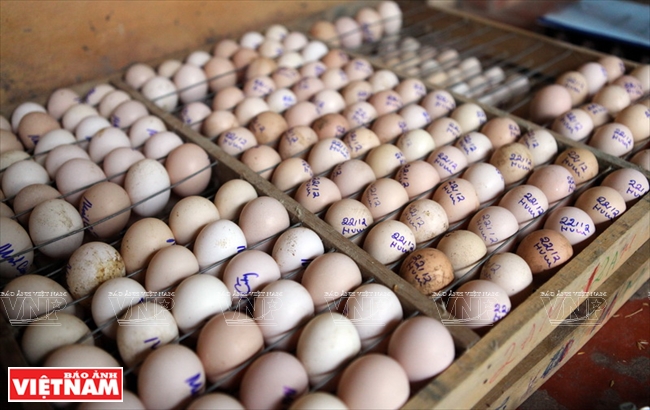
Eggs are ready to put in incubators.
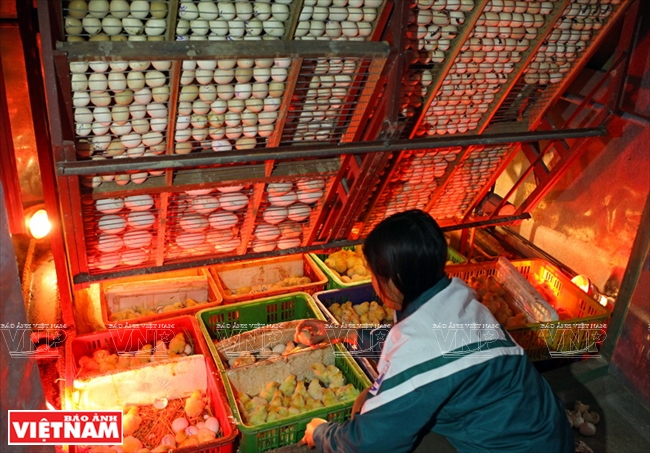
Due to its big and bumbling legs, hens often break eggs.
Therefore, Dong Tao chicken raisers often use incubators to incubate eggs.
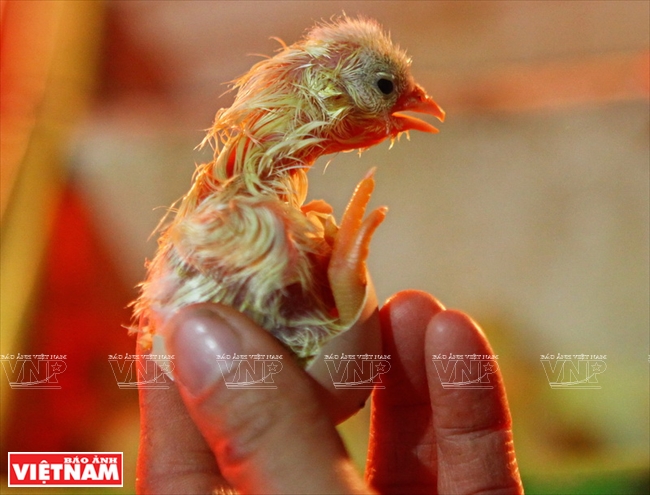
A newly-hatched Dong Tao chicken is similar to other types.
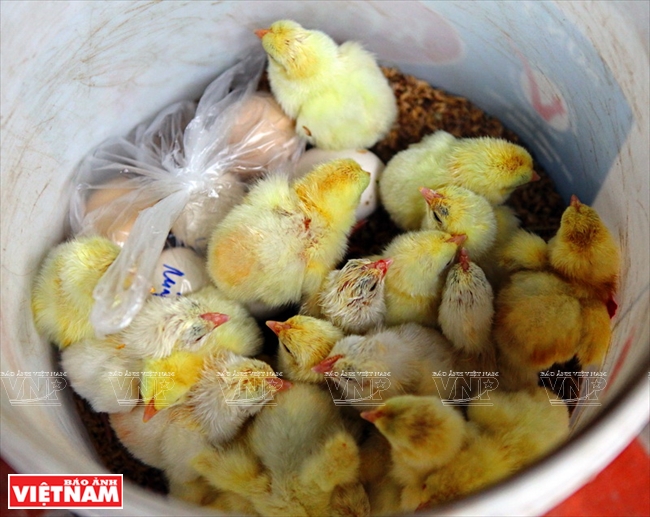
Dong Tao chickens has just taken from the incubators.
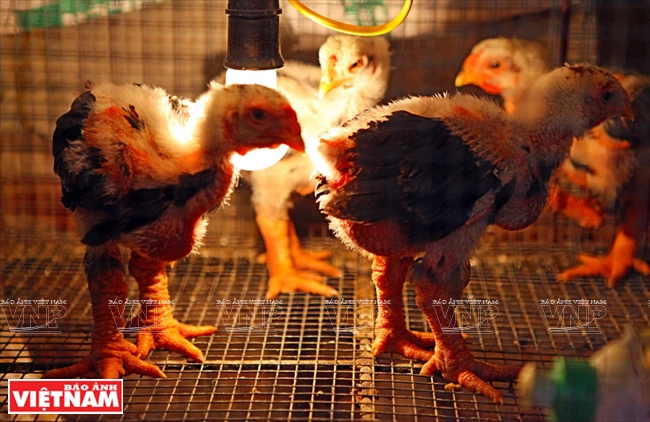
1-month old Dong Tao chickens.
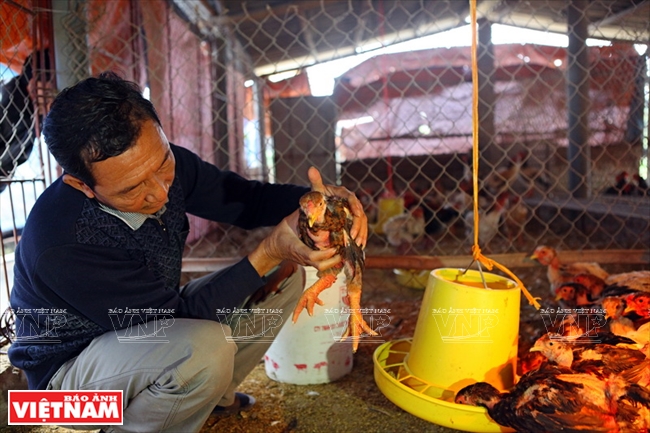
Le Hong Cuong, owner of Dong Tao Thai Thuy chicken farm, is among a few people
who has purebred Dong Tao chickens and a rooster more than 10 years old.
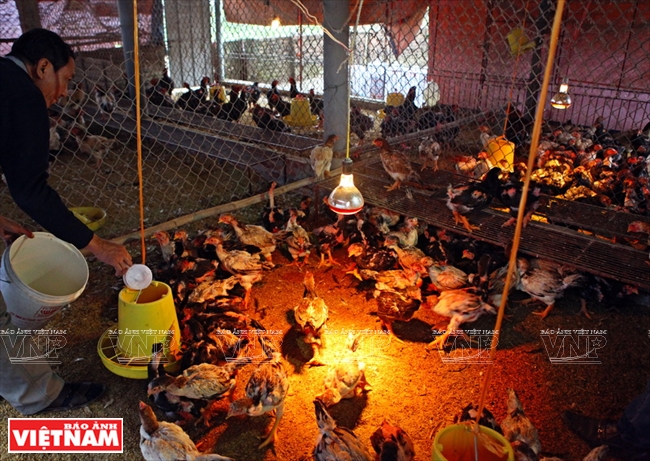
Coops for Dong Tao chickens from 1- to 2-month old needs to be lit to keep warm.
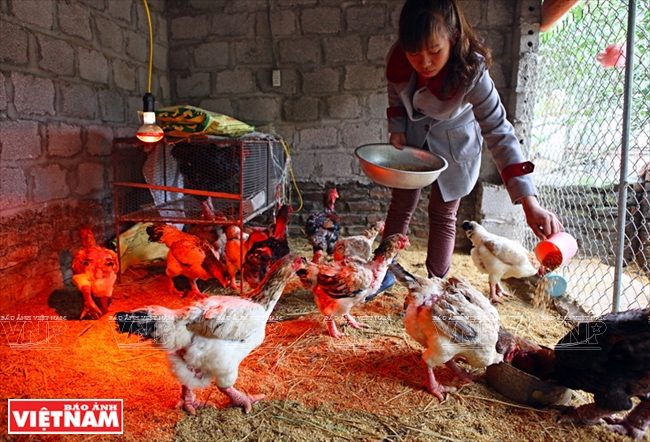
It takes famers a lot times and effort to raise Dong Tao chickens.
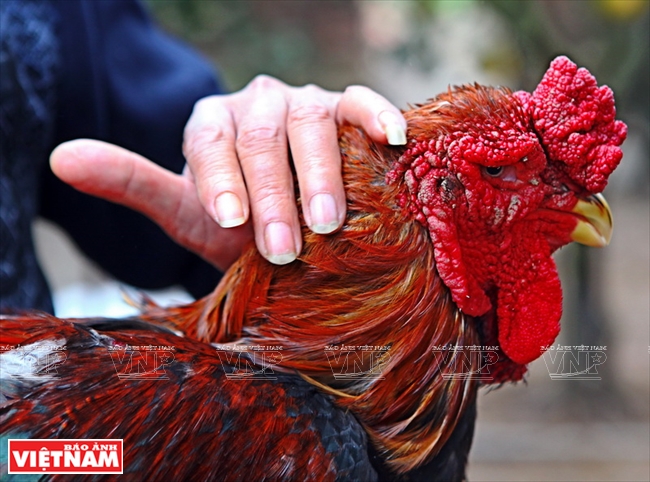
A fine Dong Tao chicken has a big head, wicked eyes and a short and curved beak.
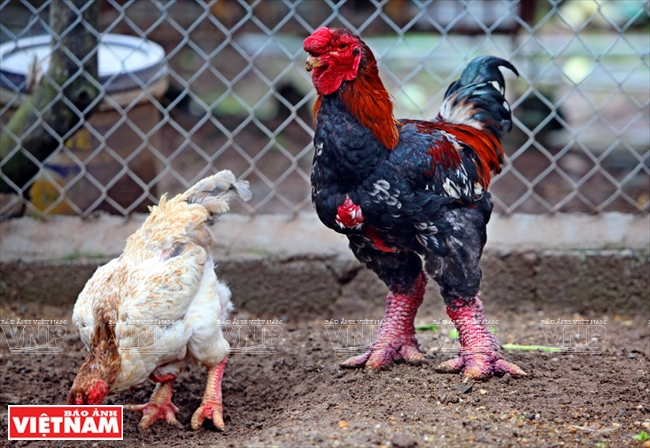
A Dong Tao marketable chicken weighing 2.5-3kg needs at least one year of tending on average.
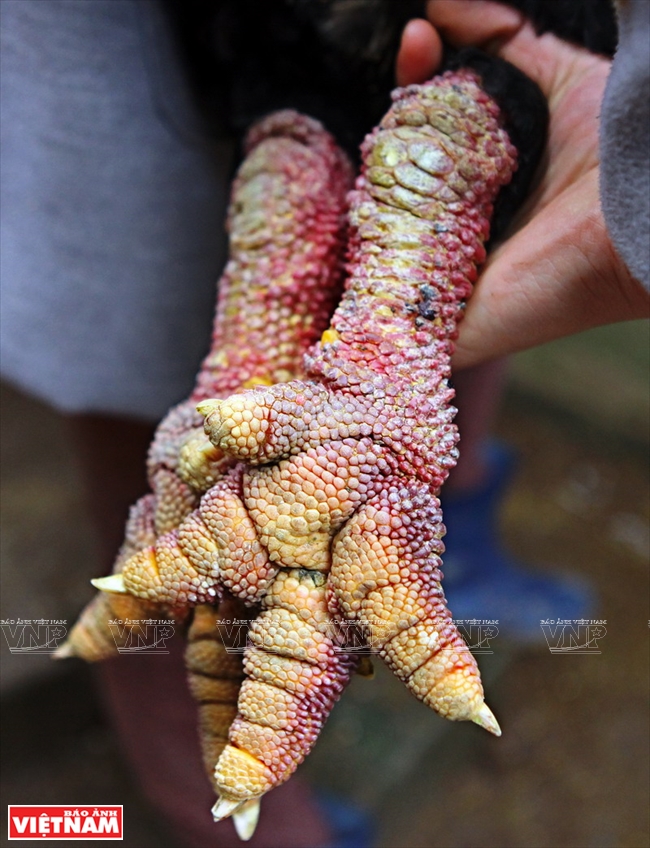
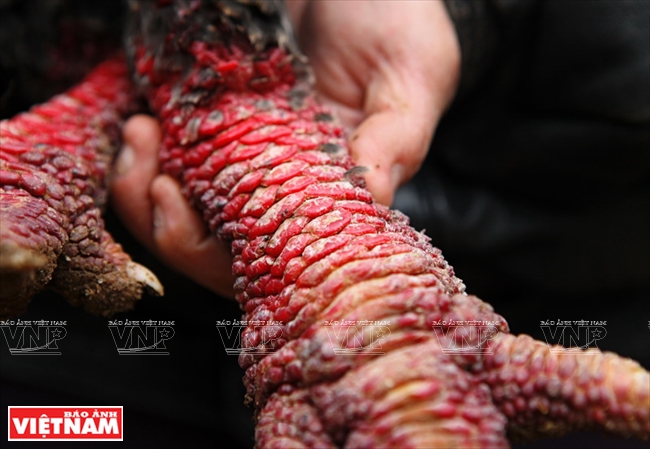
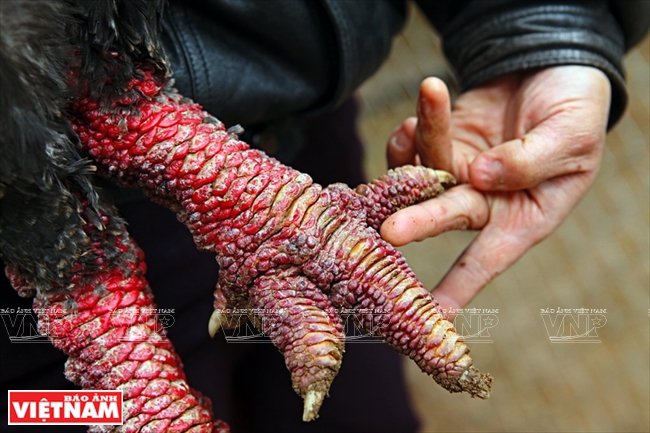
A Dong Tao chicken is a specific chicken breed in Vietnam with strangely-scaled legs.
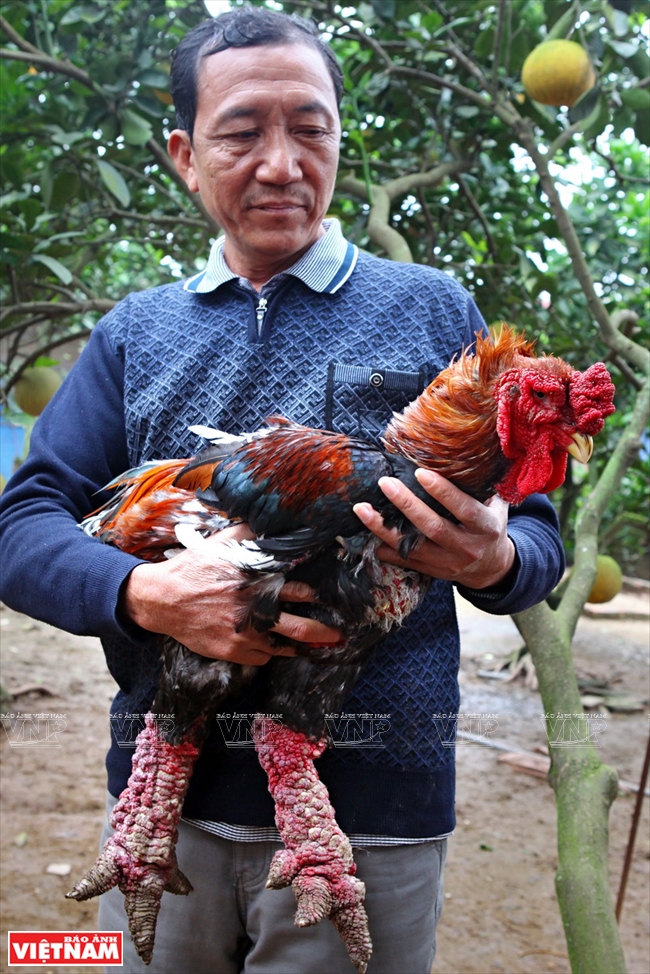
Dong Tao chicken is a rare expensive delicacy in Vietnam. |
A newly-hatched chick takes eight months to one year to become a marketable bird of three to five kilograms. A male adult Dong Tao chicken can weigh up to 6kg. The hens have feathers of white and plum with a black tail while the cocks have two colours; “ma linh” (glossy black) and “ma lua” (yellow). Their bulbous legs are covered with reddish scales.
With the advantages of a fine appearance, big and bizarre-looking feet and the firm, crisp and sweet meat, the chickens are usually served in restaurants which cater to the wealthy. Each kilo of Dong Tao chicken meat is priced at 350,000-400,000 VND depending on the type. Roosters can be worth up to 5-6 million dong each. During the recent Lunar New Year, suppliers ran out of stock, as a great deal of people wanted to buy these purebred chickens that were both strange and tasty.
At present, the locals in Dong Tao Commune prioritise to protect and develop the genetic resource of this unique Vietnamese breed which brings high economic value.
By Ngan Ha, Tran Cong Dat and Quynh Anh